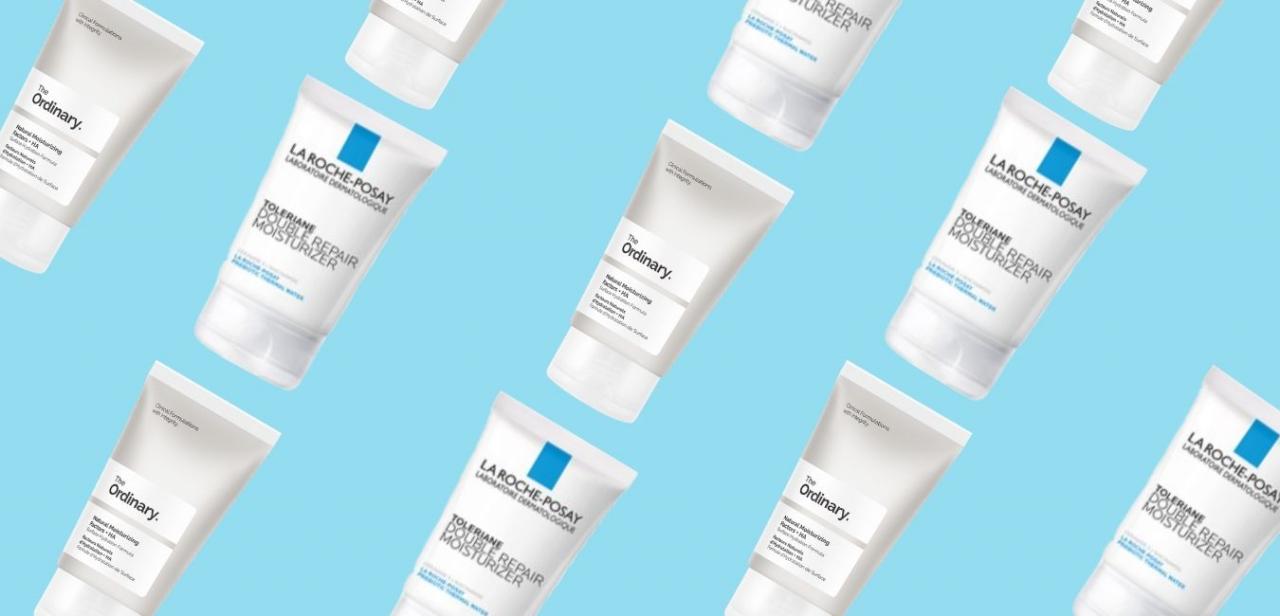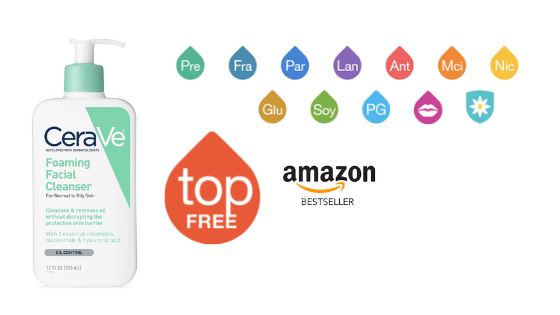If you suffer from acne, you probably know it’s one of the most common of all skin conditions. According to researchers at Johns Hopkins Evidence-based Practice Center who developed a report for the U.S. Department of Health and Human Services a few years ago, as many as 45 million people in the U.S. have acne. What’s more, the Johns Hopkins investigators reported that 85% of the population between the ages 15-24 has acne to at least some extent.
Because acne tends to be at its worst during the years when your looks are ultra-important, simply knowing you’re in good company probably doesn’t comfort you much. If you’ve tried over-the-counter products without seeing much improvement in your skin’s condition, you may be considering a visit to a dermatologist. In that case, it’s likely that your physician will take one of two approaches: either a multi-faced plan with more than one weapon or a hierarchical approach trying the gentlest treatment first.
Acne is caused by a combination of excess oil production, dead skin cells, bacteria and irritation, therefore the strategy your doctor recommends may involve treatment for some or all these factors. If your dermatologist would like you to try a topical treatment stronger than an over-the-counter product, you may end up with a prescription for a vitamin A-based cream such as Tretinoin. These creams speed up skin cell turnover and help stop pores from becoming clogged.
Another step you and your physician may want to consider is oral medication. An antibiotic can combat bacteria and inflammation and can be combined with topical treatments for a one-two punch. Some doctors favor the use of oral contraceptives instead, and a more powerful medication called Accutane, or Isotretinoin, is a possibility for severe cases.
Laser and light treatments are popular options for many acne sufferers. They reach below the skin’s surface to do their work—laser treatments seem to have a calming effect on oil producing glands while light therapy, such as low-intensity blue light, reduces bacteria levels. In addition, laser and light treatment can improve your skin’s overall texture and help smooth scars.
Finally, you might add a cosmetic procedure such as a mild chemical peel or microdermabrasion to your acne battle plan. These procedures, which are traditionally used to banish old, tired skin and smooth fine lines and areas of discoloration, have also been found to assist in controlling acne outbreaks.
Although it may be daring to use the words “acne” and “good news” in the same sentence, there is good news for acne sufferers. Modern approaches to combating acne are much more effective than the “remedies” of the past, and ongoing research promises even more effective treatment in the future. Seek out an experienced dermatologist, and plan a multi-faceted attack or a hierarchical road map to clearer skin.






Add a CommentComments
There are no comments yet. Be the first one and get the conversation started!